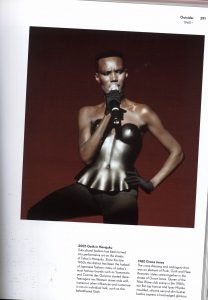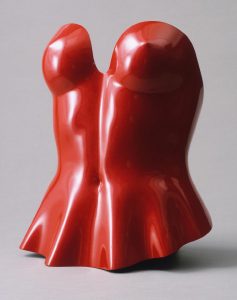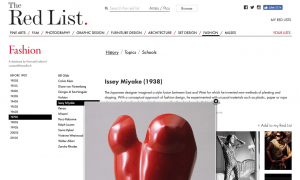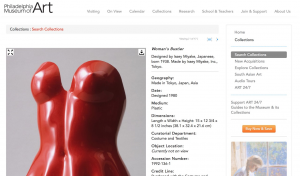Task 11/12- Summary
I have thoroughly enjoyed the Research and Communications module and looked forward to attending the lectures each week. I find them incredibly informative and have encouraged me to consider going on to study fashion from a more academic perspective in the future.
Throughout the tasks that we were asked to base our writing on a topic of our choice (tasks 1 to 6) I purposefully based mine on something I had previously had very limited or no knowledge on. Although this did make completing the tasks more of a lengthy process than necessary it has resulted in me having a much greater general knowledge of fashion, designers and artists. I have really enjoyed this aspect as I know feel better prepared in all areas of Fashion and Textiles. One of my favourite discoveries is the well known Japanese designer Issey Miyake – I now know far more information about the designer behind iconic designs.
While I have found hurdles to jump during some tasks I have learnt a great deal throughout.
Although I had learnt to reference correctly previously I found going through it and properly understanding the method broken down very useful during the tasks three and four. This was also very useful for when researching for my projects in practical areas.
I’ve found that my range of types of sources has grown throughout the module. While I do still use the internet predominantly I use it to find reliable sources in the form of journals, archives, online magazines and newspapers. I have also increased my use of research through using books. I had previously found this time consuming and tedious however I now know how to use the library effectively through Webcat. I also know that in many cases the information provided through books is in great detail and reliable so it is worth going through the process. Research and Communications has led me to gain confidence in using the library so I have also used it to order a book from the Hartley library for one of my practical projects.
Despite enjoying the module there are areas I have struggled with and would like to improve in the future. The most prevalent being my time management, this is an aspect I find challenging in all subject areas. I enjoy writing and am able to do it to a standard I am proud of when I have the time to do so. For this reason it is a shame that at times I have had to do tasks within a limited time and I am concerned that the quality of the writing may have been compromised.
I have also struggled with staying within the word count limit provided per task, I find choosing the most salient points and disregarding others difficult. I believe this also means that the structure of my writing is compromised as I lack the word count to write satisfactory introductions or conclusions. I aim to improve this in the future.
The task I enjoyed most was that based on ethics, particularly as it linked to feminism- a very hot topic with a lot some interesting opinions. As previously mentioned I have found this module extremely beneficial and stimulating and look forward to learning more next term!

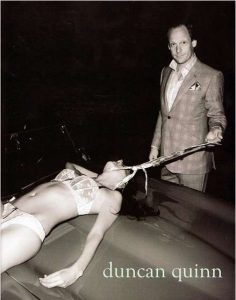
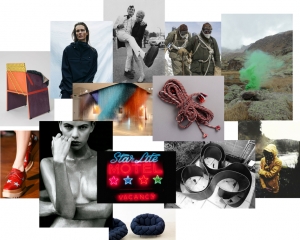
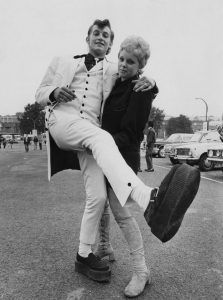
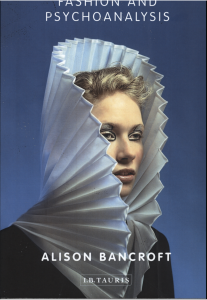
![V&A (2017) Jacket | Bowery, Leigh Available from: http://collections.vam.ac.uk/item/O1176956/jacket-bowery-leigh/ [Accessed 19 October 2017]](http://blog.soton.ac.uk/rcs/files/2017/10/Screen-Shot-2017-10-19-at-18.49.15-300x189.png)

